On February 26, 2021, Ziggy Edwards of The Run addressed PWSA’s board of directors at their monthly meeting. She brought concerns from her neighborhood that the design and implementation of PWSA’s Four Mile Run (4MR) Stormwater Project suffers from skewed priorities. The project, which will include major construction on the only road into The Run, focuses on accommodating the Mon-Oakland Connector (MOC) rather than fixing severe flooding.
The following questions, which PWSA also received via email, are based on information in the Right-to-Know (RTK) request documents we have received so far and independent expert analysis of the plan submitted with the permit application to the PA Department of Environmental Protection and the US Army Corps of Engineers.
1. Why did the Heinz Endowments pay Howard Neukrug (past Philadelphia Water Commissioner) to review the PWSA stormwater project? (source: PWSA/CEC 4MR Weekly Meeting Minutes, April 16, 2019)
2. How much of the $40 million for the PWSA stormwater project did not come from the Heinz Endowments and/or other foundations that own the Hazelwood Green development?
3. How can the three new PWSA board members, who all have ties to entities with vested interests in the Hazelwood Green (HG) development, oversee the stormwater project in a fair and impartial manner that doesn’t benefit HG at the expense of Schenley Park and residents in The Run? For that matter, how can the other board members be fair and impartial in this project when they were all directly nominated by Mayor Peduto (a longtime proponent of the MOC)?
4. As you may know, the proposed MOC adds at least 0.80 acres (34,850 square feet) of paving to Junction Hollow. With the types of storms Pittsburgh has had in the past 10 years, a year with 50 inches of rain would generate an additional 1 million+ gallons of runoff to The Run. Why does the plan in the permit application propose to pollute this stormwater runoff by directing it from the MOC to the existing combined sewer system and not to the new stormwater network that flows directly to the river?
5. Did any consultant not funded by HG owners evaluate the impact of this stormwater project design on The Run? What did the consultants say about the absence of stormwater inlets of pipes along the proposed MOC road? What did they say about the absence of stormwater runoff from the road to the daylighted stream?
6. Is it true that the PWSA stormwater project’s construction plan calls for 4MR Field across Alexis Street from Big Jim’s to be used as a staging area for construction equipment and materials?
7. Because the “Parkway side” of the 4MR watershed is excluded from PWSA’s stormwater project, residents of The Run are still likely to see stormwater arrive in our neighborhood from that side of 4MR—even after this highly disruptive project is completed. Any flood water that enters the combined sewer network above The Run will still be in the combined sewer pipes running under the neighborhood. Therefore, if the volume of stormwater entering the combined sewer pipes above The Run is greater than those combined sewer pipes can handle, we are still likely to see raw sewage come to the surface from the remaining combined sewer inlets and/or manholes. Why is none of the $41 million earmarked for this project, which was billed as a solution to flooding in The Run, being spent on remediating the “Parkway side” of 4MR?
8. Is the PWSA board of directors aware that PWSA was ordered by the Office of Open Records to complete a review and provide the rest of its documents responsive to our RTK request? The deadline was yesterday [February 25, 2021]. At 8:52 p.m. we received a link to a zip file with a password that doesn’t work. Will the board encourage PWSA Attorney Samuel Hornak to resolve this issue as quickly as possible, since PWSA effectively missed the deadline?
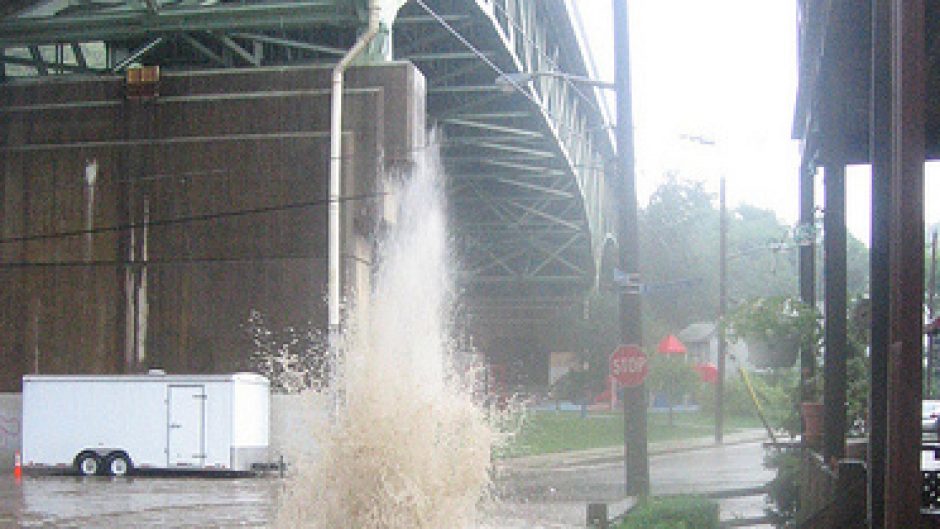

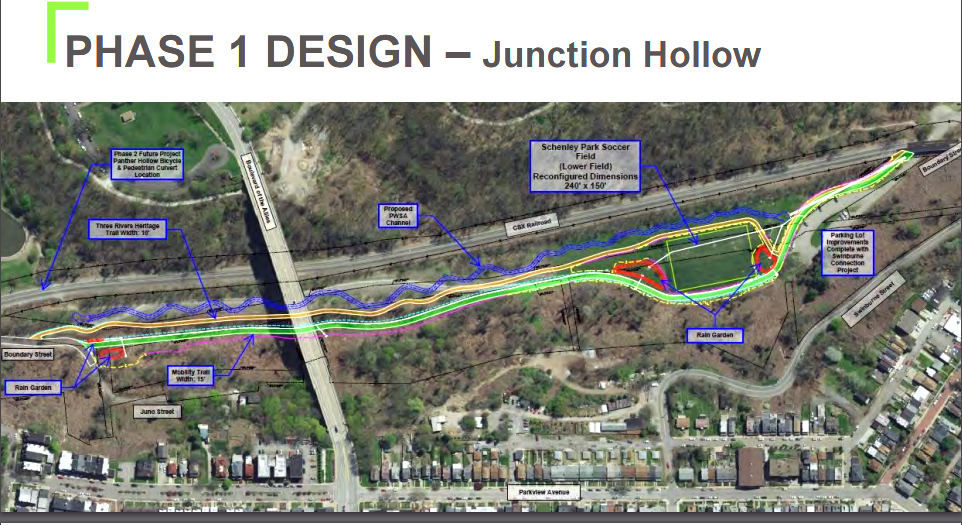
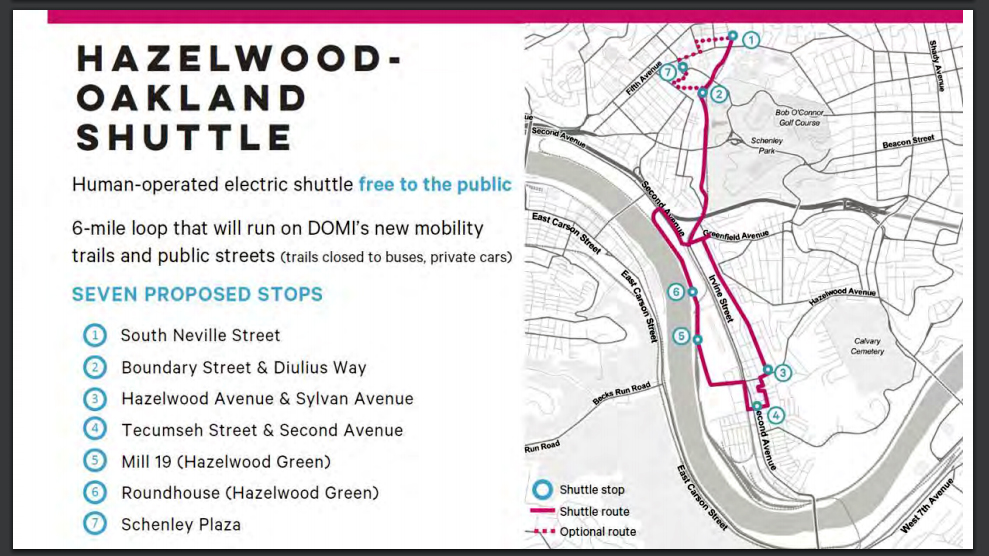
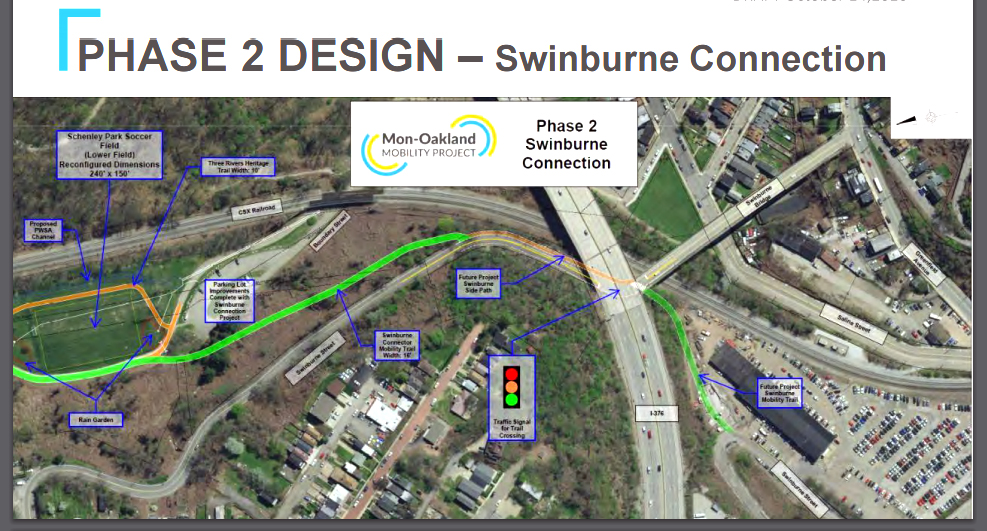
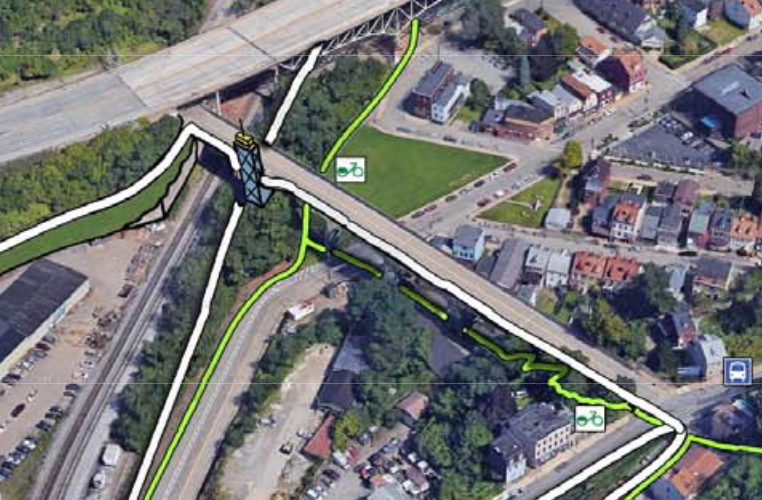
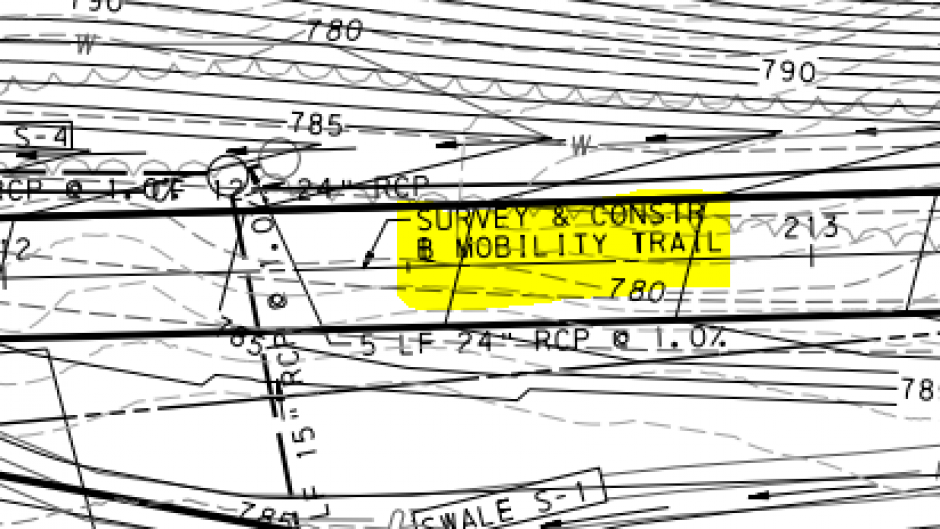
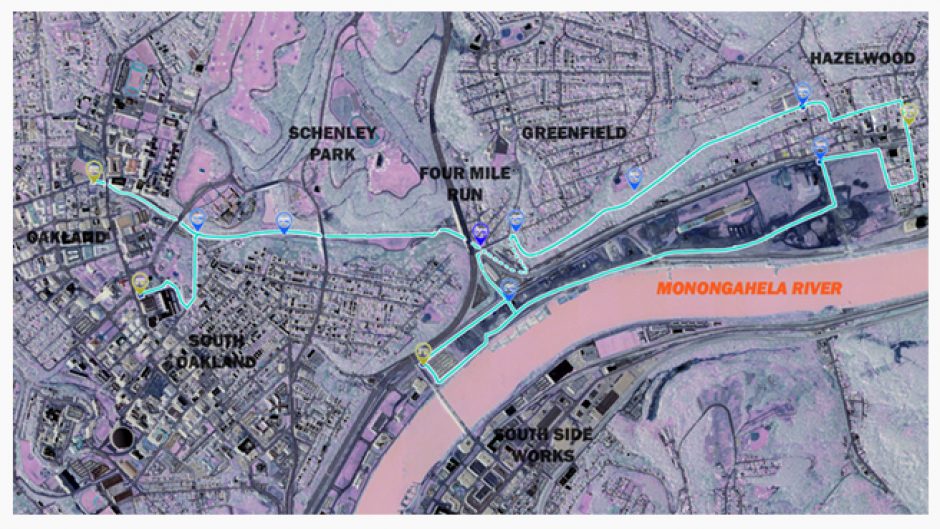
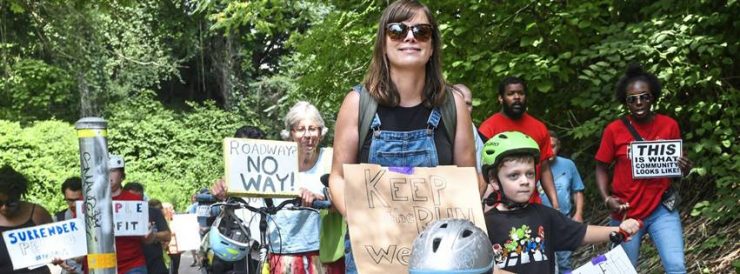
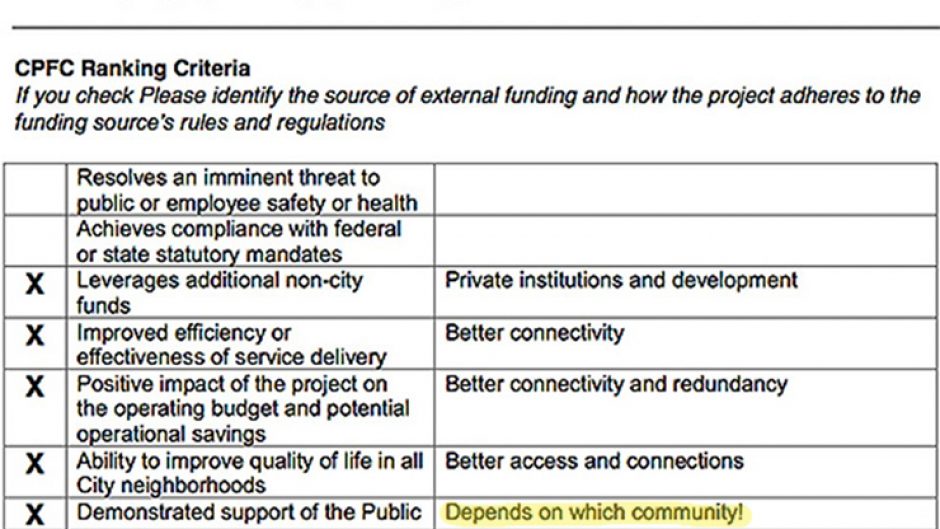

Recent Comments